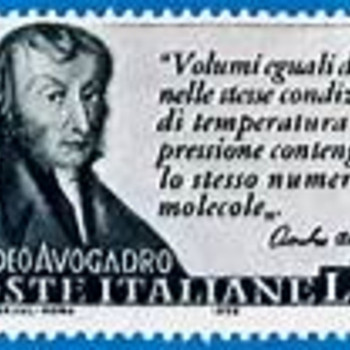What mass of #"potassium sulfate"# would result from the reaction between excess #"sulfuric acid"# and #"potassium hydroxide"#?
1 Answer
Not a good question...........as it is based on a faulty premise.
Explanation:
We need a stoichiometric equation to represent the reaction:
And thus moles of potassium sulfate is equivalent to half the number of moles of potassium hydroxide.
And by the stoichiometry of the rxn, we get
The number of molecules is simply the molar quantity multiplied by
But in fact, all of these calculations are based on a FAULTY premise. The product of potassium hydroxide with EXCESS sulfuric acid is not
So if you want to be bolshie, you can state that NO potassium sulfate results from the reaction.

